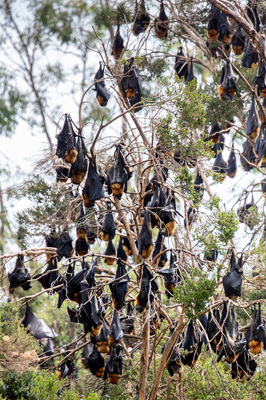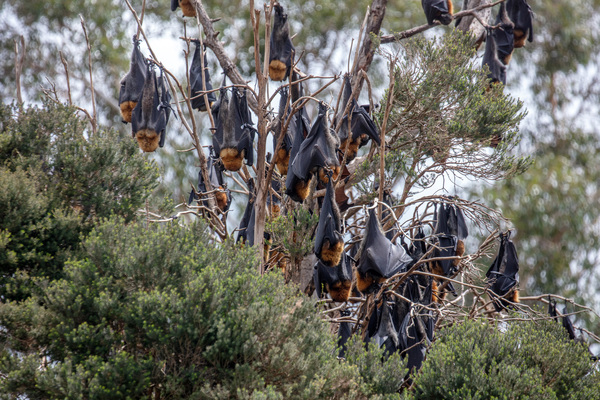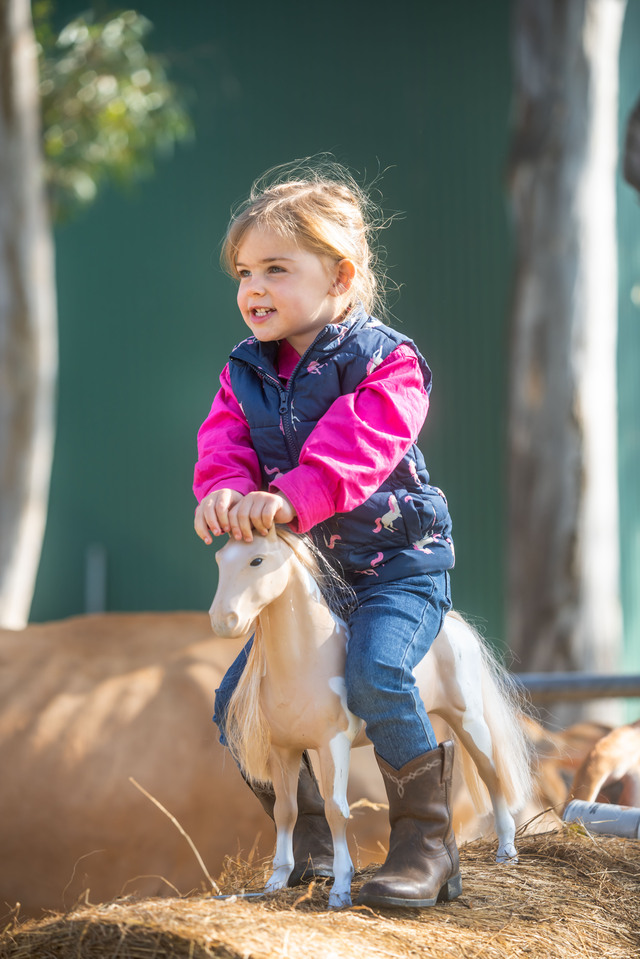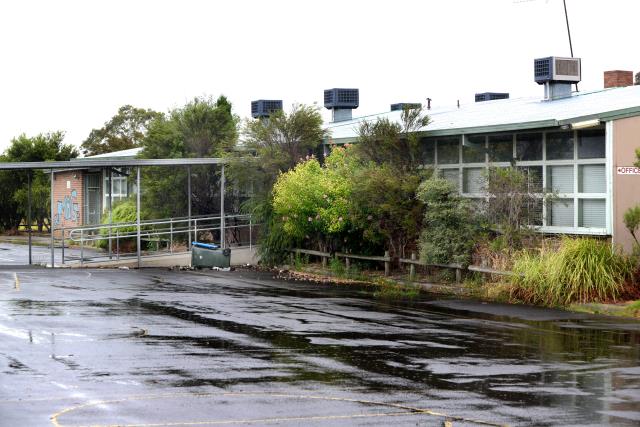Despite killer heat waves and bushfires, Doveton’s grey-headed flying fox colony is clinging strongly in numbers.
Dr Rodney van der Ree organises monthly ‘bat counts’ on the Dandenong Creek banks. Up to 10 volunteers click their counters as thousand of bats rouse and flap away into the night.
“It’s a great spectacle.
“I’ve never known anyone leaving one of those counts disappointed.”
The colony is maintaining a steady 40,000 bats – equal to Melbourne’s other colony at Yarra Bend Park, Kew.
Despite perching together in great numbers, the bats are listed as nationally vulnerable. Nationally, their population is an estimated 680,000 as of 2015 – a small fraction of their flocks a century ago.
They are regarded as being at particular risk due to climate change. In Kew, 5000 perished in a three-day heatwave in December.
Other threats come from being injured in fruit-tree nets and the loss of habitat.
Dr van der Ree says the Doveton bats fortunately didn’t seem to suffer heat stress – perhaps protected by the dense mid-storey canopies.
The mammals have become a fixture since flocking to the creek in 2014. Though ‘fixture’ might not be the right word.
In winter, many bats fly to warmer, northern climes and return south in summer.
Surprisingly, a flying fox monitoring program has discovered that the same bats don’t necessarily return to their camps, Dr van der Ree said.
The Doveton bats could opt for perches at Kew, Geelong or Bendigo, for instance.
The bats are largely silent during the day, roosting up-side down from the tree-tops. Then in a flurry of chirps and squawks at dusk, they stir en masse before flying in all directions up to 80 kilometres.
On their nocturnal travels, they fossick on native flowering gumtrees and other fruits across greater Melbourne, the Dandenong Ranges and Mornington Peninsula.
They are regarded as the widest-travelling cross-pollinators in Australia, forming a vital function for healthy forests, Dr van der Ree said.
The impact of eastern Australia’s bushfires and the great habitat losses will be felt by fruit bats for perhaps 20 years, he said.
“Eucalypts tend not to flower abundantly every year, but every third, fourth or fifth year – it will be then that the bats miss that food source.”
Dr van der Ree, who helped recolonise fruit bats from Royal Botanic Gardens Melbourne in the early 2000s, said the flying foxes are some of the smartest animals for their size.
Their communication skills and innate sense for finding flowering trees was proof of their intelligence.
“How else could up to 100,000 bats descend on a location within a week or two of a flowering event, without being able to talk to each other?”
To find out more, go to the Melbourne Mega Bat Count website at https://megabatcount.wordpress.com/










